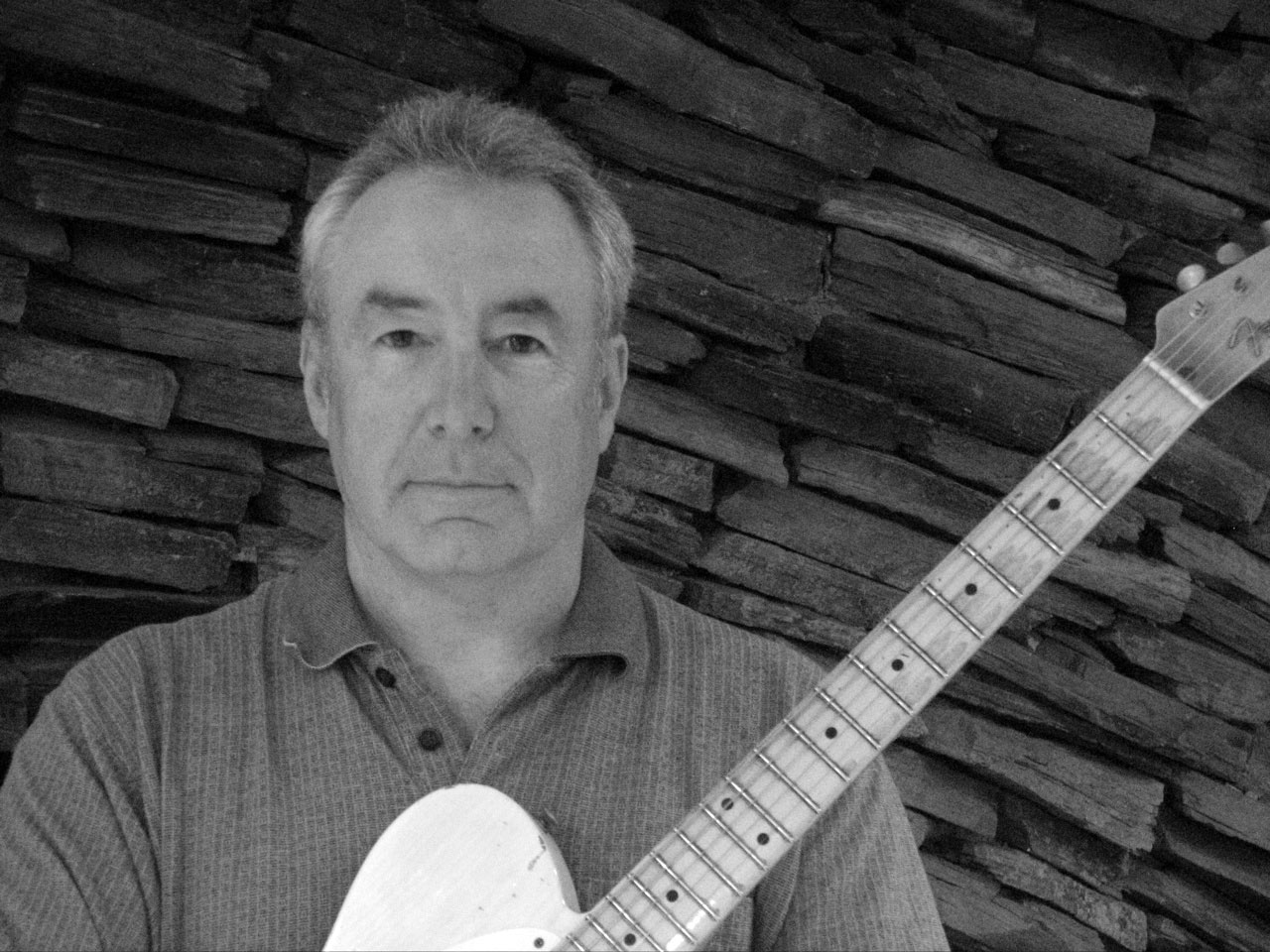Midwest icon Bill Lynch discovers how to ‘live the music’

Bill Lynch returns to perform in Lawrence, where the rootsy singer-guitarist lived from 1969-1985.
Bill Lynch is a Midwest icon.
And the musician is going to prove it this weekend.
The singer-guitarist returns to his former hometown, toting his new backing band, the Midwest Icons. The quartet features legendary drummer James Gadson (Bill Withers, Paul McCartney, Beck), bassist Rick Moors (Bonedaddys) and multi-instrumentalist John Hoke (Rod Piazza) – all products of the Kansas City area.
“It’s the best band I’ve ever had, hands down,” Lynch says.
Lynch was a household name within the regional music community when he lived in Lawrence from 1969 to 1985. He helped fuel the bands Together and Tide (which was inducted into the Kansas Music Hall of Fame this year). But he’s probably best known for his ongoing collaborations with keyboardist Mike Finnigan and harmonica ace Lee McBee.
The 57-year-old performer also is fondly remembered as the singer of the theme to the Emmy-nominated “It’s Garry Shandling’s Show” (1986-1990). Who could forget the catchy ditty, “This is the theme to Garry’s Show / The opening theme to Garry’s show / This is the music that you hear as you watch the credits.”
Talk about iconic.
Q: Musically, do you consider yourself a Midwest icon?
A: I certainly consider James Gadson a musical icon. I sort of came up with the name as a tongue-in-cheek thing. … (There was) the fact that we were all from so close to the same area. But I suppose at one time I was an icon around the Midwest.
Q: Is there any one gig you’ve played in Lawrence that has stood out among all the others?
A: I played at The Jazzhaus one year, and Bonnie Raitt flew out to sit in with us. That was really a remarkable gig.
Q: How did you get hooked up with her?
A: Robert Cray invited me to a Christmas party. … People like Bob Seger were there, and John Goodman, Meg Ryan and Bonnie. We were all playing music in this room. I had met Bonnie before for just a minute – her drummer used to do some gigs with me. As I was leaving the place, Bonnie was walking out at the same time. We started talking and we leaned against the hood of her car for an hour. Then a couple weeks later I happened to be playing The Jazzhaus. Rick (McNeely, Jazzhaus owner) said, “You have a phone call in the office, and it’s Bonnie Raitt.” She said, “I’ve got to go to Nashville, do you mind if I come to Kansas and play with you guys?” I said (jokingly), “No chicks in the band.”
Q: Thinking back, what artist were you most surprised to find yourself playing onstage with?
A: I did some gigs with Jerry Lee Lewis in Lake Tahoe one year. … I had seen him on TV where he wasn’t worth a damn. So I kind of figured he’d lost it. But he was so great, I was a convert immediately. … I remember he sang two verses and yelled “guitar,” so I started taking a solo. Jerry stopped playing, spun around on his seat, and with a big grin he gave me a thumbs-up. I remember being so relieved because I was thinking anything could happen with a guy like this. … When we were walking off the stage he threw his arm around my neck and said, “Man, if I could play guitar like you, I’d quit playing piano.”
Q: How did you get recruited to sing the theme to “It’s Garry Shandling’s Show”?
A: I went up to this recording studio in a house in the Hollywood Hills. Joey Carbone, who wrote the song, was there. So was producer Brad Grey, who is now the head of Columbia Pictures. … They told me here’s how it goes, here’s what we want. I go into the studio and put these headphones on and they said, “Let’s get a level.” I sang the thing, then sat there about 30 seconds waiting. Then they said, “Thank you. We’ve listened to it a couple times, and this is exactly what we wanted.” Then I walked out of the studio, stopped and turned around and said, “Excuse me, but who is Garry Shandling anyway?” They fell on the floor laughing. They thought it was hilarious I didn’t know who he was.
Q: What’s the best advice you’ve received about playing music?
A: The thing I really learned is the guys who lose themselves in the music are (at a different level). I remember the first time I saw Mike Finnigan, I’d heard about him and how he’d recorded with (Jimi) Hendrix. I remember thinking, “How good can this guy be that everyone is running their mouths about him?” I went down and saw him and remember thinking I’d never really seen anybody lose themselves in the music like Finnigan did. It was an eye opener. That was something Lee McBee had right away. Lee is gone when he’s playing. That’s the thing to learn: It’s not what you sound like, it’s that you’re living the music.



